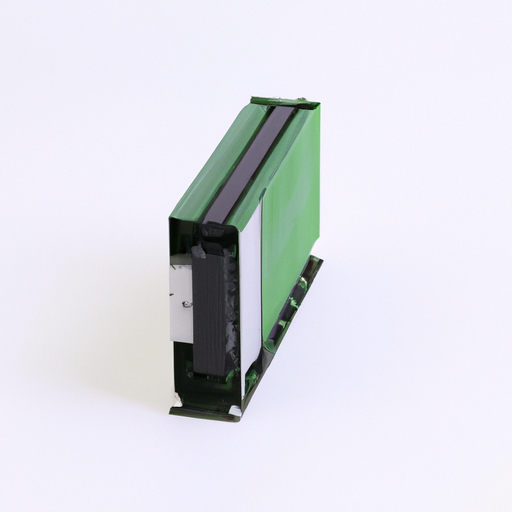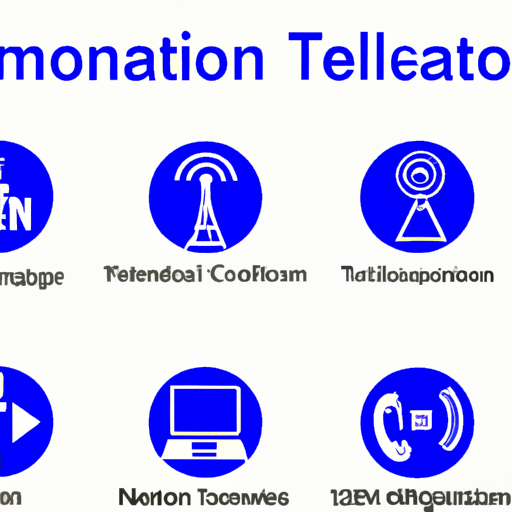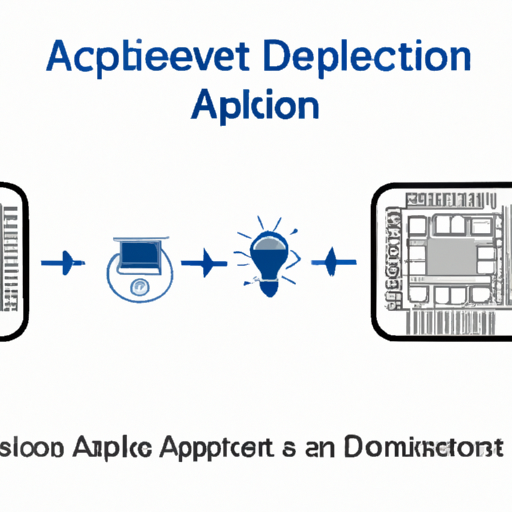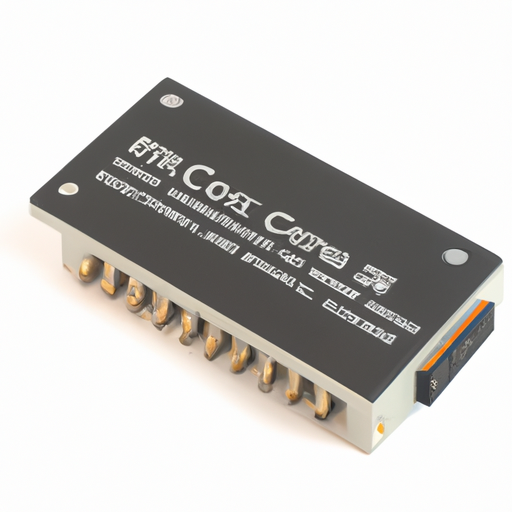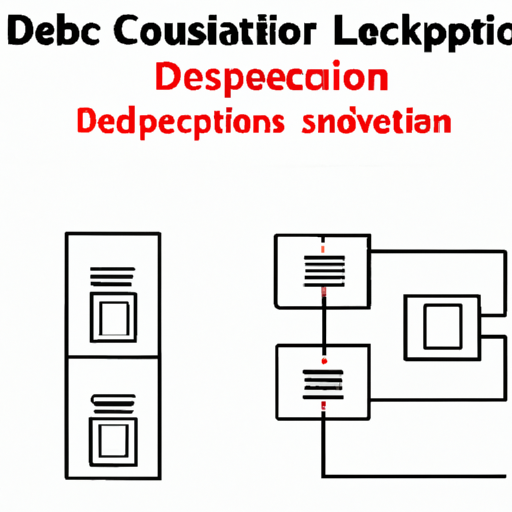CFR-25JB-52-180K Comparators highlighting the core functional technology articles and application development cases of Comparators that are effective.
Core Functional Technology of Comparators
1. Basic Operation: Comparators are electronic devices that compare two input voltages and output a digital signal indicating which input is higher. They are fundamental in converting analog signals to digital, signal conditioning, and control applications.
| 2. Types of Comparators | |
| 3. Key Specifications | |
| 4. Output Types |
Application Development Cases
1. Zero-Crossing Detectors: Comparators are commonly used in zero-crossing detection circuits, crucial for phase-locked loops (PLLs) and motor control applications. They help determine when an AC signal crosses zero volts, enabling precise timing for switching.
2. Level Shifters: In mixed-signal systems, comparators can shift voltage levels between different logic families, ensuring compatibility between components operating at different voltage levels.
3. Voltage Level Monitoring: Comparators can monitor battery levels in portable devices. By comparing the battery voltage to a reference level, they can trigger alerts or shut down the device to prevent over-discharge.
4. Temperature Sensing: In temperature control systems, comparators can compare the output of a temperature sensor against a set threshold, activating cooling or heating elements as needed.
5. Signal Conditioning: In data acquisition systems, comparators can clean up noisy signals by providing a clean digital output that represents the presence or absence of a signal, improving the reliability of data processing.
6. Pulse Width Modulation (PWM): Comparators are used in PWM circuits to compare a sawtooth waveform with a control voltage, generating a PWM signal for motor control or power regulation.
Conclusion
Comparators are versatile components that play a crucial role in various electronic applications. Their ability to compare voltages and provide fast, reliable outputs makes them essential in signal processing, control systems, and monitoring applications. Understanding their core technologies and application cases can help in designing effective electronic systems. If you have specific applications or technologies in mind, feel free to ask for more detailed information!

